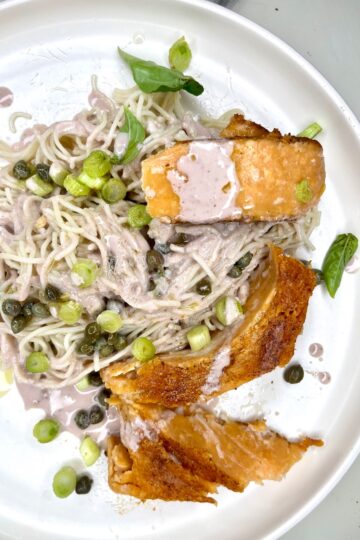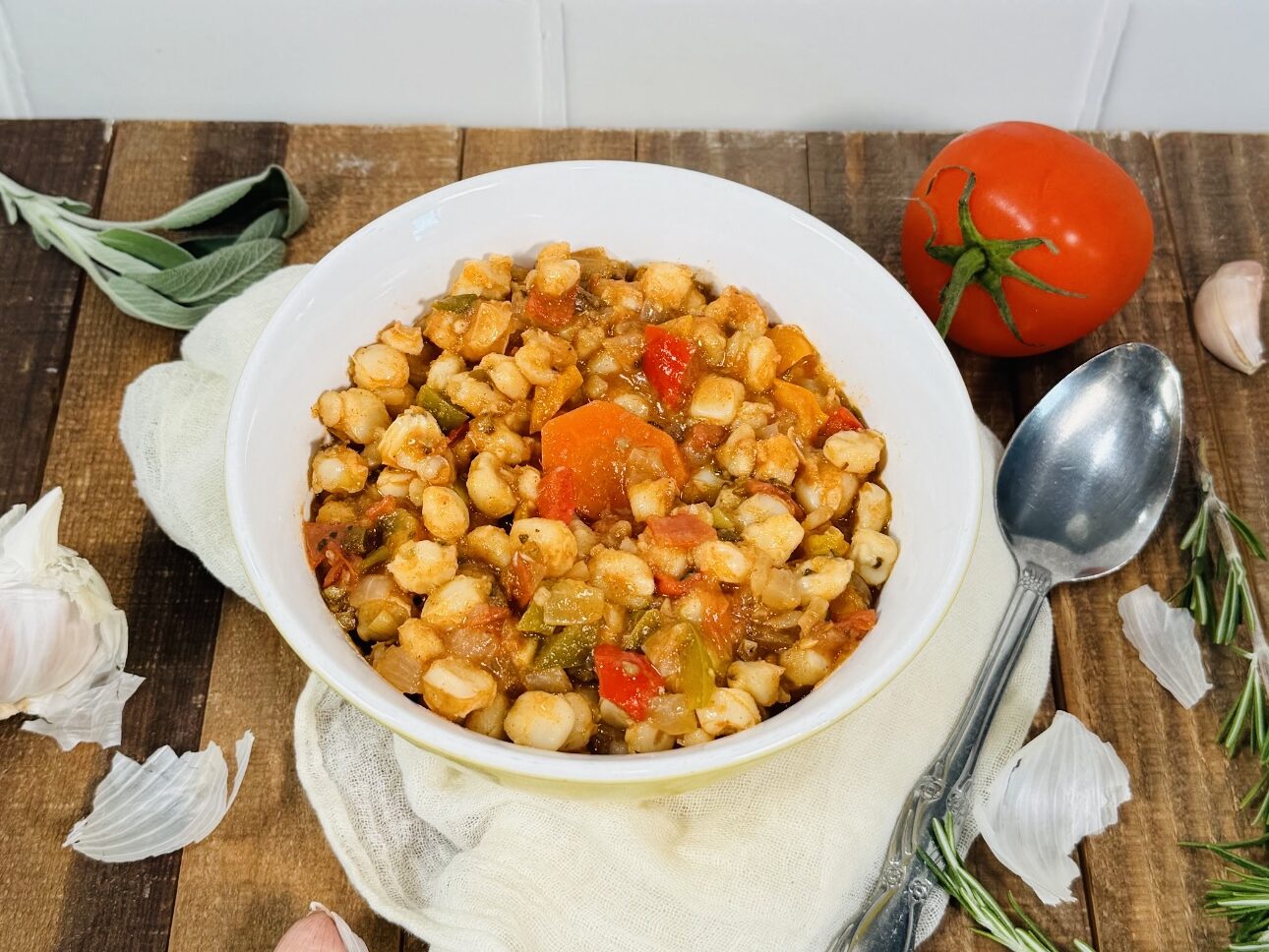
Choosing between hominy and chickpeas (garbanzo beans) can be a bit of a puzzle for home cooks. Both ingredients come with rich histories, distinct textures, and powerful nutritional benefits. Whether you're crafting hearty soups, spicy stews, or experimenting with Mexican cuisine or Mediterranean classics, understanding the differences between these two staples is essential. This guide will walk you through everything you need to know—from the nixtamalization process of hominy to the nutty flavor of chickpeas.
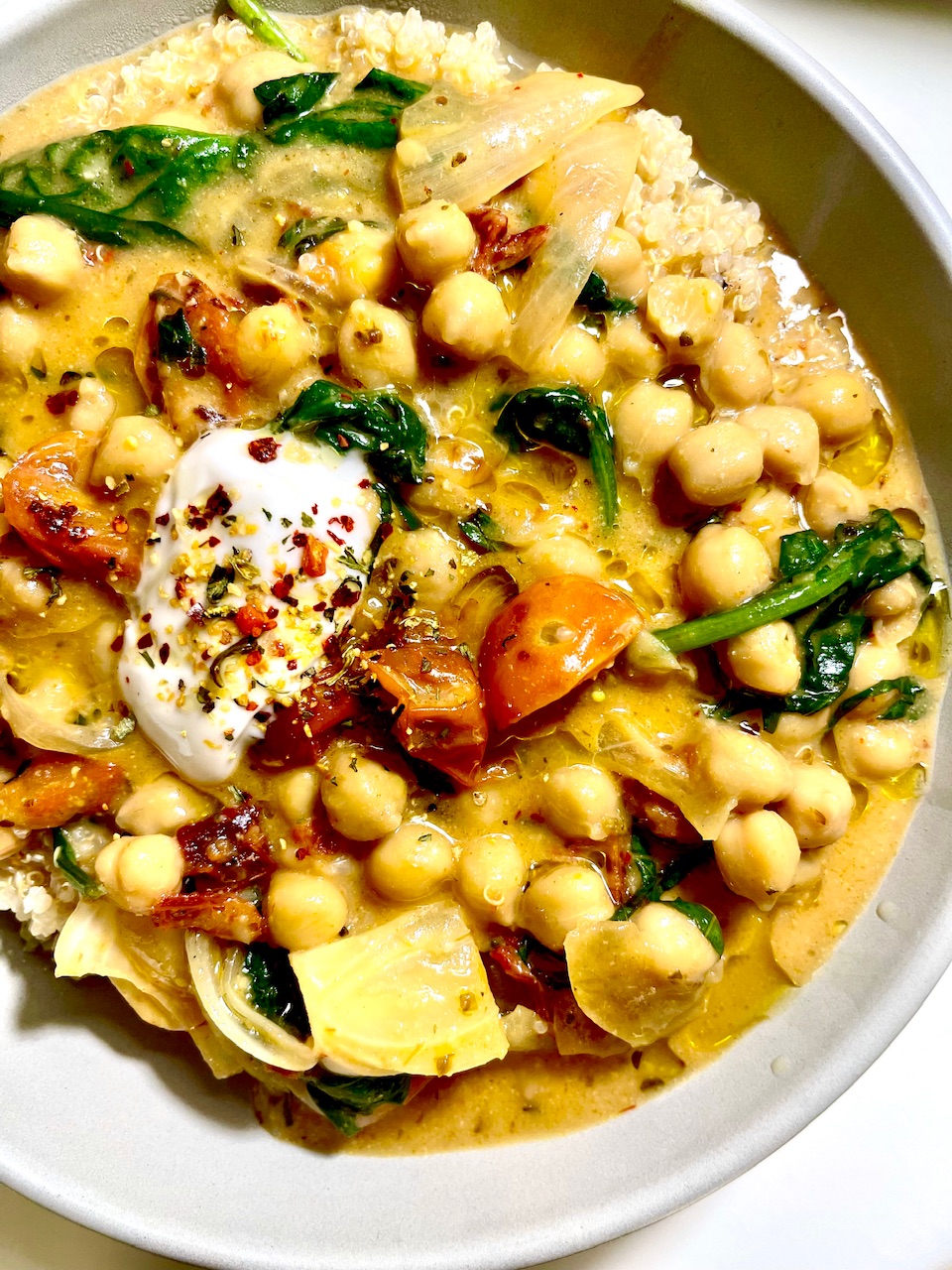
Introduction to Hominy and Chickpeas
What is Hominy?
Hominy is made from field corn or dried kernels that have undergone a special transformation called nixtamalization. This involves soaking corn in an alkaline solution, typically limewater, which removes the hull and enhances both flavor and nutrition. What you're left with are corn kernels that puff up with a distinct chewy texture and a mild, earthy flavor. Hominy is available in both canned hominy and dry hominy forms, and is often used in dishes like hominy grits and Mexican pozole.
What are Chickpeas (Garbanzo Beans)?
Known scientifically as Cicer arietinum, chickpeas belong to the pea family. Also called garbanzo beans, they’re round, beige legumes with a firm texture and nutty flavor. You’ll often find them in dishes like hummus, curries, and cowboy caviar. Chickpeas are a versatile ingredient and a top choice for plant-based meals thanks to their impressive nutritional benefits.
Nutritional Value Comparison
Macronutrients and Micronutrients
Let’s break down the nutritional value per 100 grams:
| Nutrient | Hominy | Chickpeas |
|---|---|---|
| Calories | 119 | 164 |
| Protein | 1.5g | 8.9g |
| Carbs | 26g | 27.4g |
| Fiber | 3.9g | 7.6g |
| Fat | 1.2g | 2.6g |
| Vitamin B | Present | High Amount |
| Iron | Moderate | High |
Chickpeas pack 13.15 grams of protein per cooked cup, compared to hominy’s lower protein content but higher moisture and fiber.
Grams of Protein and Fiber
If you’re following a slow carb diet, chickpeas offer a better protein-to-carb ratio. Hominy, on the other hand, is easier to digest and great for light meals.
Daily Values and Vital Nutrients
Chickpeas cover a significant portion of your daily values for iron, magnesium, and folate. Hominy adds niacin, fiber, and vitamin B to your diet without excessive calories.
Cooking Times and Methods
Slow Cooker vs Instant Pot
Both ingredients adapt well to slow cooking. Use a slow cooker for hominy to get a fluffy texture without overcooking. Chickpeas shine in the Instant Pot, cutting cooking times drastically.
Medium-High Heat vs Large Pot Cooking
For stovetop methods, boil chickpeas in a large pot for about 1-2 hours, depending on whether you're using dry chickpeas or canned. Hominy takes about the same, especially dry hominy, which needs soaking.
Dry vs Canned Options
Canned hominy and chickpeas are time-savers, but cooking from scratch using fresh corn or dry chickpeas brings out more flavor and nutrition.
Texture and Flavor Profiles
Texture of Hominy vs Chickpeas
Hominy is known for its chewy texture and slightly puffed grain look. Chickpeas are denser, firmer, and keep their shape when cooked—ideal for salads and soups.
Nutty Flavor vs Mild Flavor
Chickpeas have a nutty flavor and a slightly creamy consistency, making them ideal for dishes with olive oil, lime juice, and garlic. Hominy leans towards a mild flavor with a hint of sweetness, especially yellow hominy or sweet cornvarieties.
Unique Flavor and Chewy Texture
The unique flavor of hominy is amplified through the nixtamalization process, making it ideal for traditional dishes like corn tortillas and soups.
Origin and Cultural Uses
Southern United States and Mexican Cuisine
Hominy has deep roots in both Mexican cuisine and the American South. In Mexico, it’s the star of Mexican pozole, a comforting soup often garnished with tortilla strips, green onions, and lime juice. In the Southern United States, hominy grits are a breakfast staple, served with butter, cheese, or even chicken thighs for a heartier meal.
On the other hand, chickpeas are key players in Mediterranean, Middle Eastern, and Indian cuisines. From hummusand falafel to rich stews and salads like cowboy caviar, chickpeas shine in dishes that highlight their firm texture and ability to absorb surrounding flavors.
Nixtamalization Process: What Makes Hominy Unique
What is Nixtamalization?
Nixtamalization is a traditional Mesoamerican process where dried kernels of field corn are soaked and cooked in an alkaline solution, often limewater. This ancient method changes the structure of the corn, making it easier to digest, more nutritious, and lending it a unique flavor and texture.
Use of Alkaline Solution and Its Effects
The use of lime (calcium hydroxide) in this process increases the bioavailability of nutrients like niacin (vitamin B3) and improves the texture of hominy, giving it a slightly puffed, chewy feel that distinguishes it from regular corn or sweet corn.
Common Forms and Varieties
Whole Hominy vs Dry Hominy
Hominy is available in two main forms: whole hominy, which is pre-cooked and canned, and dry hominy, which needs soaking and longer cooking times. Both have their place, depending on whether you want quick prep or deeper flavor development.
Yellow Hominy and White Corn
Yellow hominy comes from yellow corn, offering a slightly sweeter taste. White hominy, often made from white corn, has a milder profile and is frequently used in traditional dishes like soups and stews.
Dry Chickpeas and Canned Versions
Chickpeas come as dry chickpeas (which need soaking overnight) and canned chickpeas, which are ready to eat. The cup of chickpeas from a can is ideal for last-minute meals or TikTok-famous recipes.
Health Benefits of Each Legume
Nutritional Benefits and Health Impacts
Chickpeas are a powerhouse of plant-based protein, grams of dietary fiber, and essential vitamins. They support heart health, blood sugar regulation, and digestive wellness. Hominy, while lower in protein, is a great source of whole grains, fiber, and niacin, making it beneficial for digestion and energy metabolism.
Slow Carb Diet and Healthy Snack Options
Chickpeas fit perfectly into a slow carb diet and can be roasted into a healthy snack. Hominy, though starchier, is low in fat and makes a good alternative to rice or pasta for those reducing refined carbs.
Main Ingredient in Popular Dishes
Corn Tortillas and Masa Harina
Thanks to nixtamalized corn, hominy can be ground into masa harina, the essential base for corn tortillas, tamales, and other Latin American dishes.
Mexican Pozole and Chickpea Stews
While hominy is central to pozole, chickpeas are often featured in warming dishes like chickpea curry, Mediterranean stews, or chicken broth-based soups that also incorporate vegetable broth, brown rice, or wild rice for a complete meal.
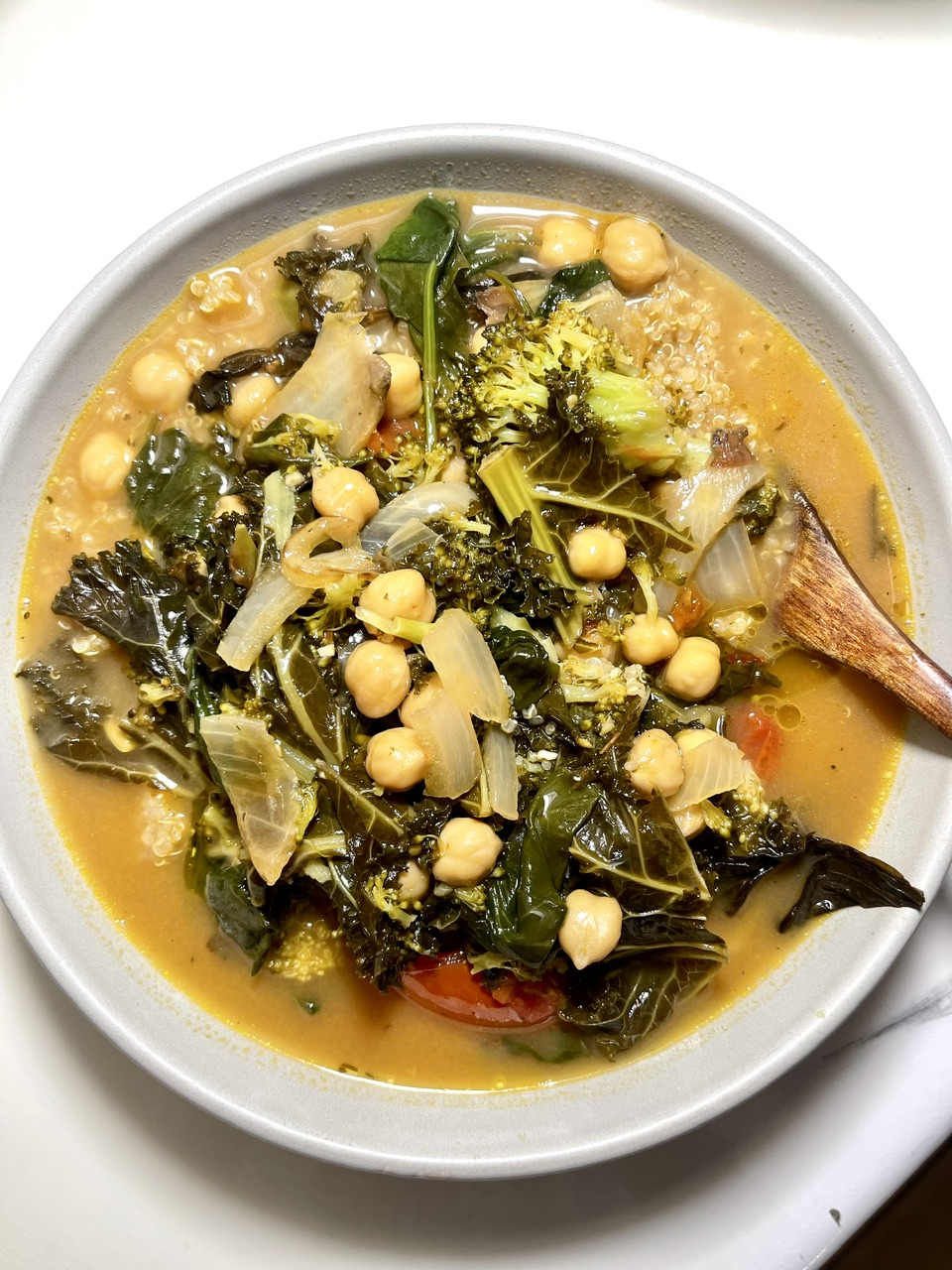
Excellent Substitutes to Try
Excellent Hominy Substitutes
If hominy isn’t available, consider using buckwheat grits, white beans, or even ground corn products in its place. These offer similar texture or absorbent qualities.
Using Black Beans, White Beans, or Adzuki Beans
When substituting for chickpeas, black beans, adzuki beans, or great northern beans provide a similar protein boost and mild flavor, especially in dishes like soups, salads, and dips.
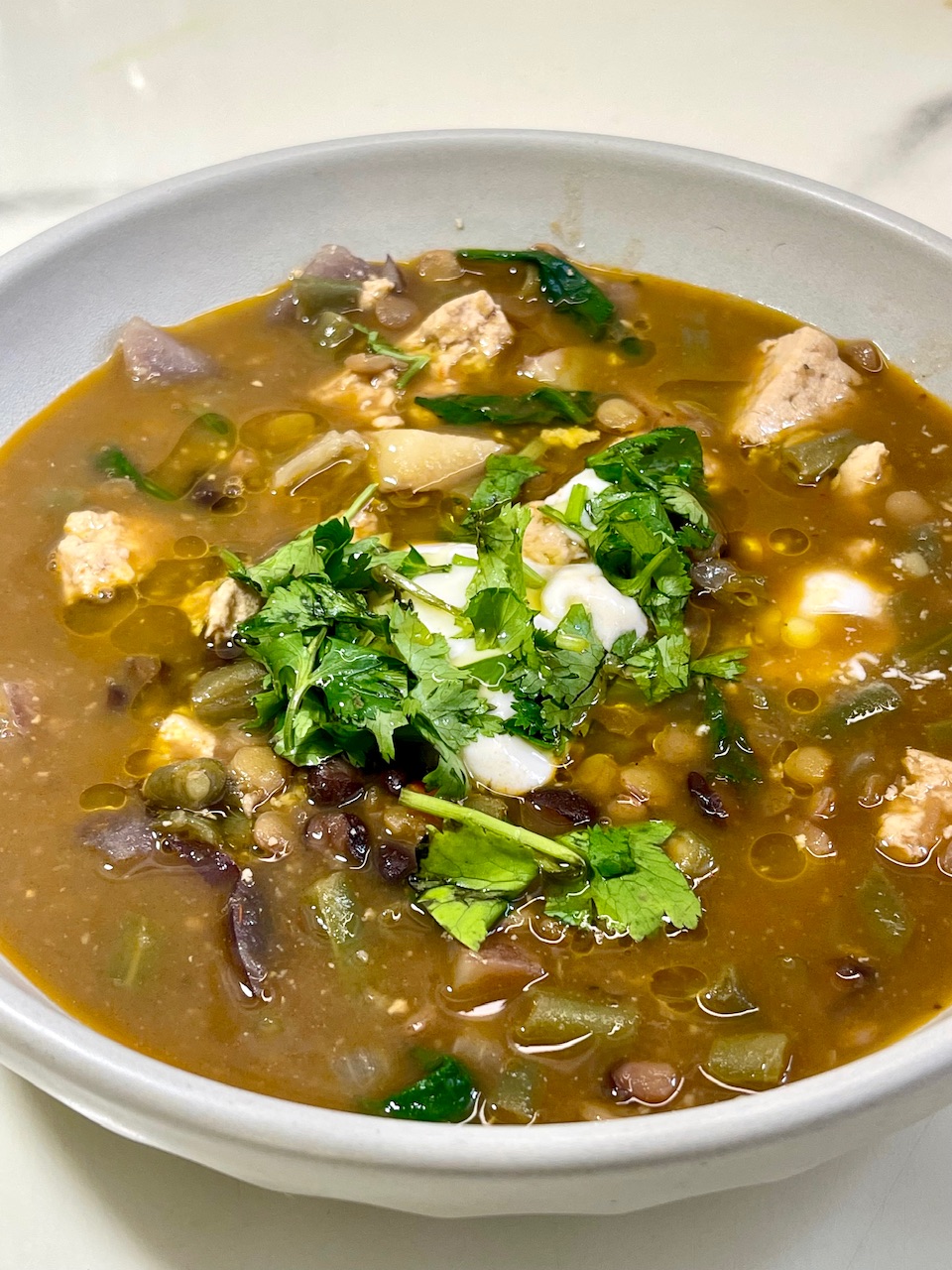
Replacing with Brown Rice or Wild Rice
Both chickpeas and hominy can be replaced by whole grains like brown rice or wild rice, depending on whether you need more chew or a neutral taste.
Versatility in Cooking and Recipes
Versatile Ingredient for Various Cuisines
Chickpeas excel in various cuisines: from Indian chana masala to Moroccan tagines and Spanish tapas. Hominy appears in everything from hearty Southern casseroles to traditional soups with a Latin twist.
Favorite Recipes with Olive Oil and Vegan Chicken Broth
Try roasting chickpeas in olive oil and herbs for a crispy snack. For hominy, simmer in vegan chicken broth with green onions, lime juice, and dried mushrooms for a satisfying stew.
Storage and Preparation Tips
Airtight Container and Next Day Use
Store cooked hominy or chickpeas in an airtight container in the fridge for up to a week. They're perfect for tossing into meals the next day.
Storing Fresh Corn and Dried Kernels
Keep dried kernels of hominy or dry chickpeas in a cool, dark pantry. Rinse before use and soak overnight to reduce cooking time.
Nutritional Trends on TikTok and Social Media
TikTok - Make: Trending Recipes with Chickpeas and Hominy
Social platforms, especially TikTok, are buzzing with creative ways to use these ingredients. “TikTok - make” trends include mashed chickpea toast, crispy air-fried chickpeas, and hominy-based casseroles. These dishes combine convenience with healthy ingredients.
Cowboy Caviar and Side Salad Inspiration
Both ingredients feature in viral recipes like cowboy caviar, a zesty bean and corn salad, and nourishing side salads with lime juice, avocado, and tortilla strips.
Key Differences Summarized
| Feature | Hominy | Chickpeas |
|---|---|---|
| Main Ingredient | Nixtamalized Corn | Cicer arietinum (Legume) |
| Texture | Puffy, Chewy | Firm, Dense |
| Flavor | Mild, Earthy | Nutty, Slightly Sweet |
| Nutrition | High in Fiber, Niacin | High in Protein, Iron |
| Cooking | Boil or Slow Cook | Soak & Boil or Pressure Cook |
| Popular Uses | Pozole, Grits, Tortillas | Hummus, Salads, Stews |
Despite their similar size, these two foods deliver different flavors, textures, and health profiles.
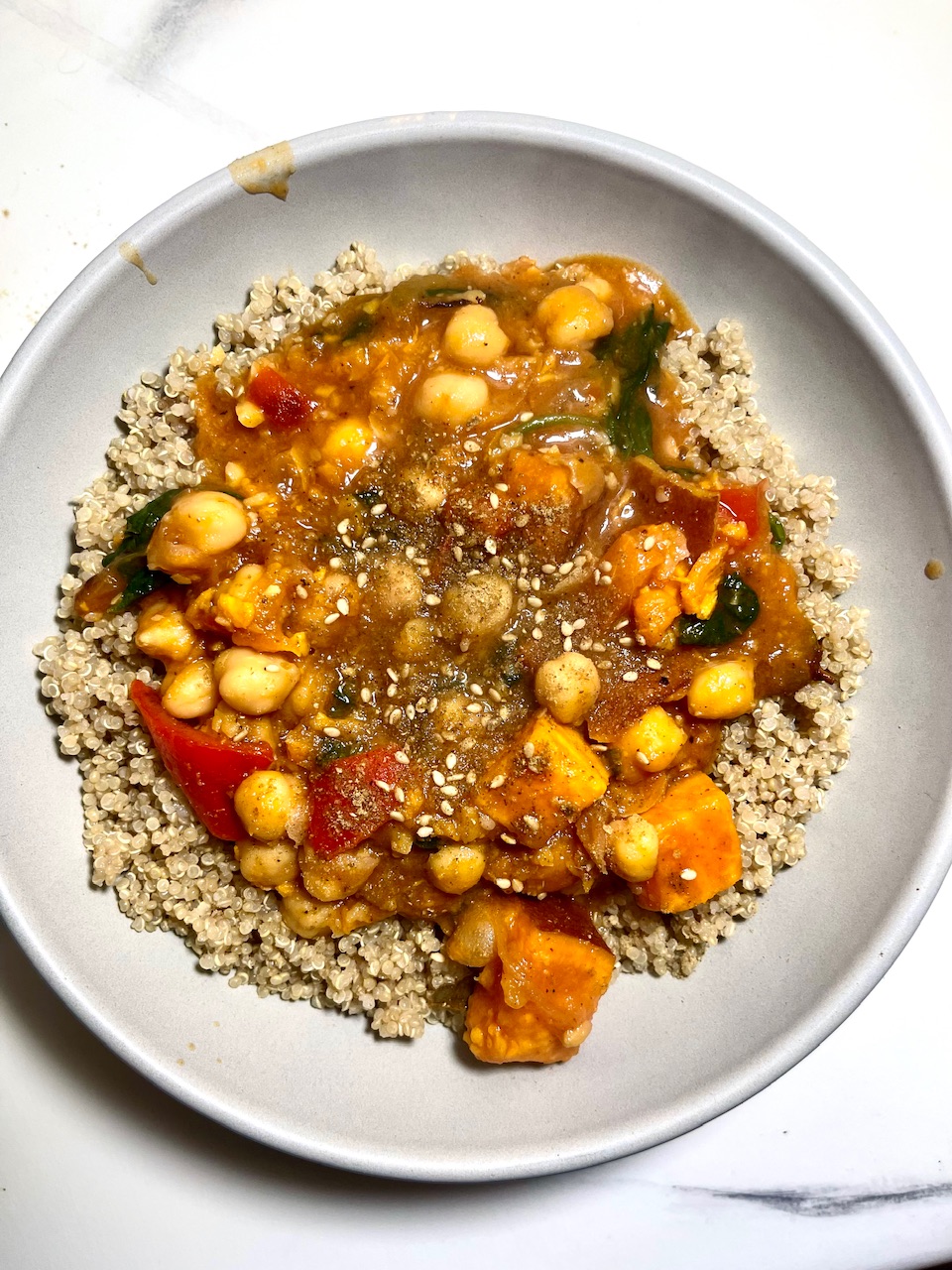
Frequently Asked Questions (FAQs)
1. What is the main difference between hominy and chickpeas?
Hominy is processed corn treated with an alkaline solution, while chickpeas are legumes. Their main difference lies in texture, flavor, and usage.
2. Can I use hominy in place of chickpeas?
While not ideal in every recipe, you can substitute hominy in dishes like stews or soups where texture flexibility is allowed.
3. Which is healthier: hominy or chickpeas?
Chickpeas are generally higher in protein and iron, while hominy offers more fiber and B vitamins thanks to nixtamalization.
4. What’s the texture of hominy like?
Hominy has a chewy texture, almost like puffed corn, making it perfect for hearty dishes.
5. Is hominy a whole grain?
Yes, once nixtamalized, hominy still retains much of its grain structure and is considered a whole grain.
6. Are chickpeas good for a slow carb diet?
Absolutely. Their grams of protein and dietary fiber make them a perfect fit for slow carb diets and balanced meals.
Choosing the Right Ingredient for Your Dish
Both hominy and chickpeas bring something special to the table. Whether you're cooking up a Southern comfort dish, a Mediterranean feast, or experimenting with TikTok trends, knowing when to use hominy’s chewy texture or chickpeas' firm bite will elevate your recipes. Consider your desired flavor, cooking time, and health goals—and you'll always make the right choice.


